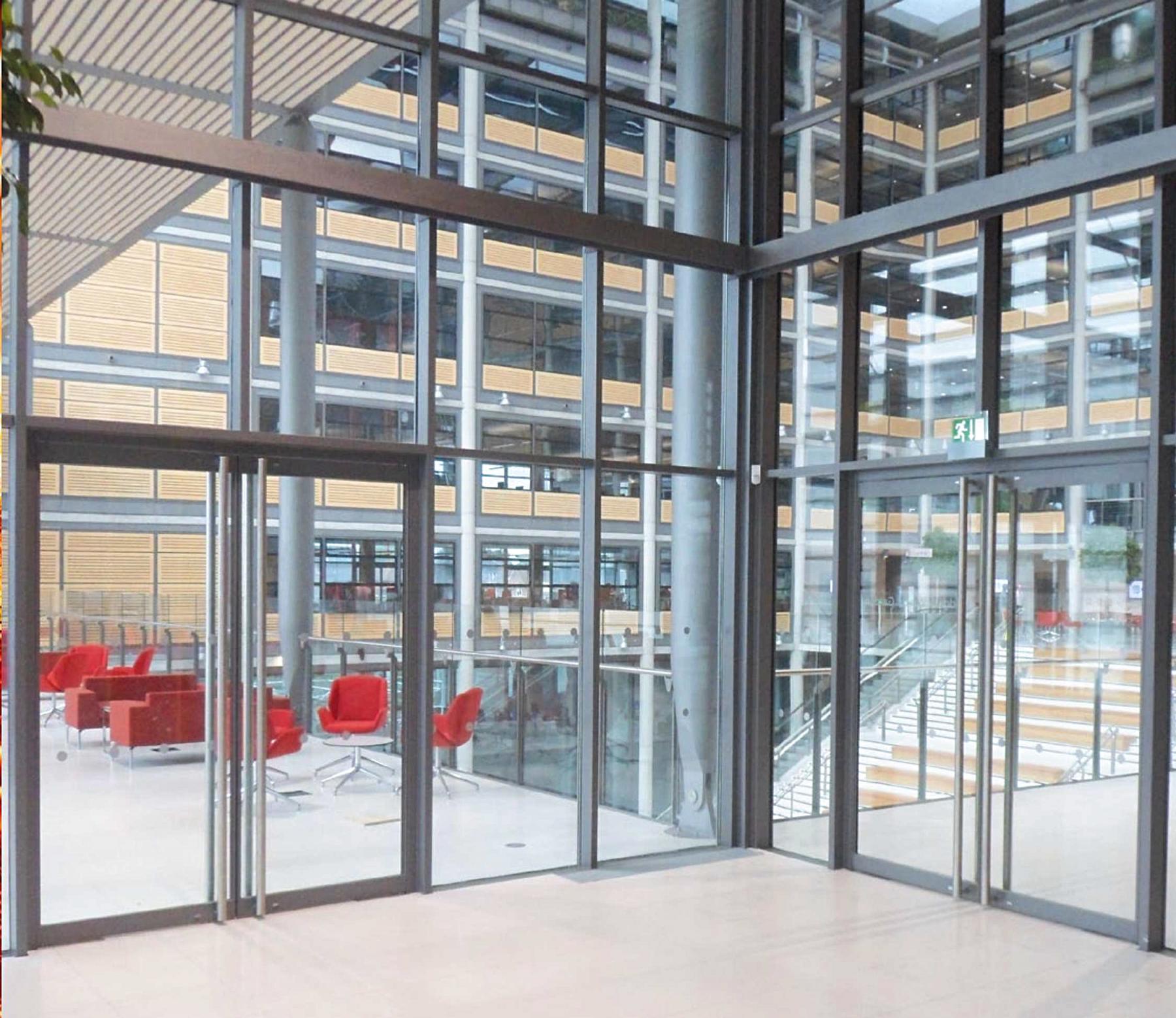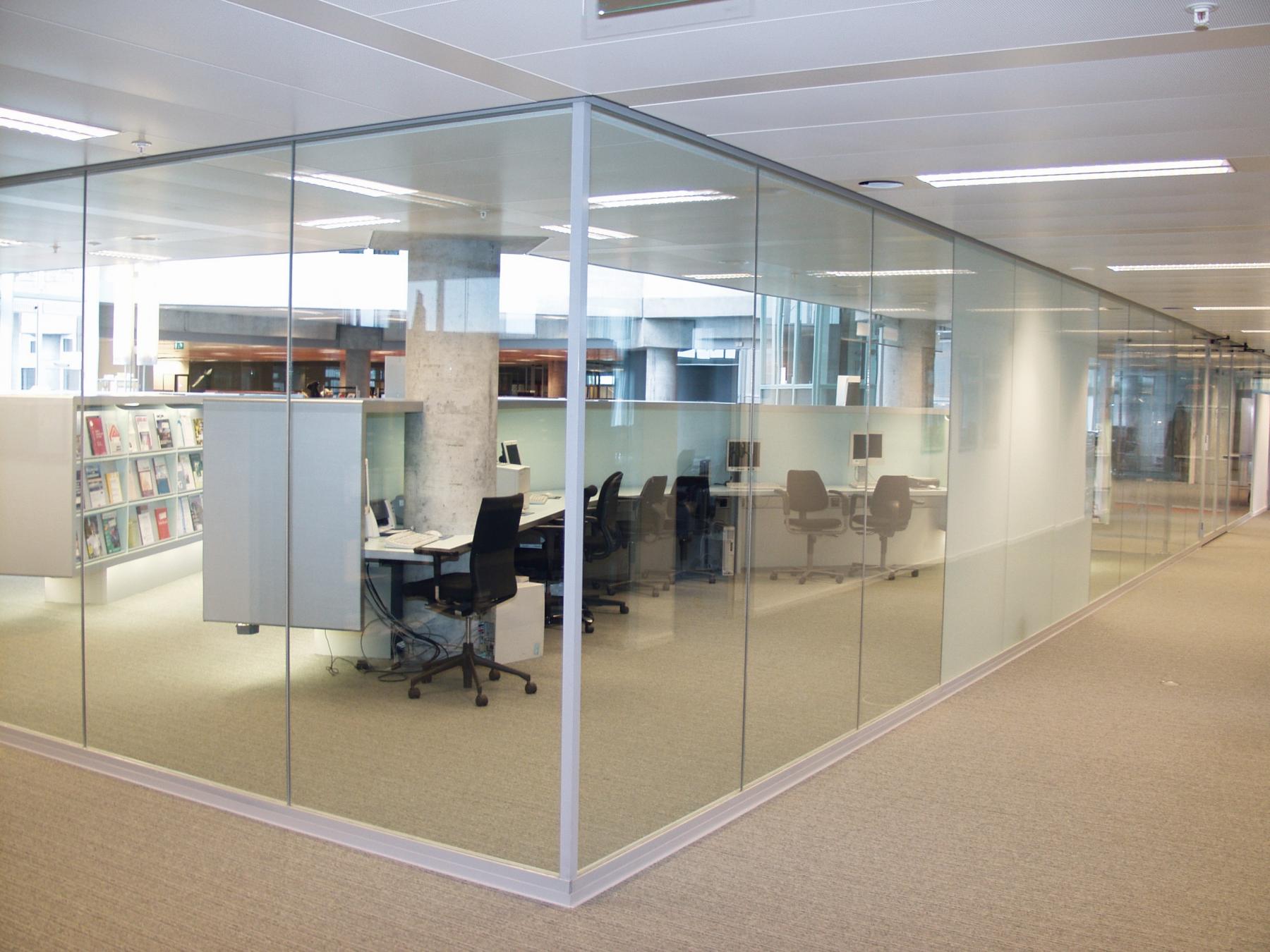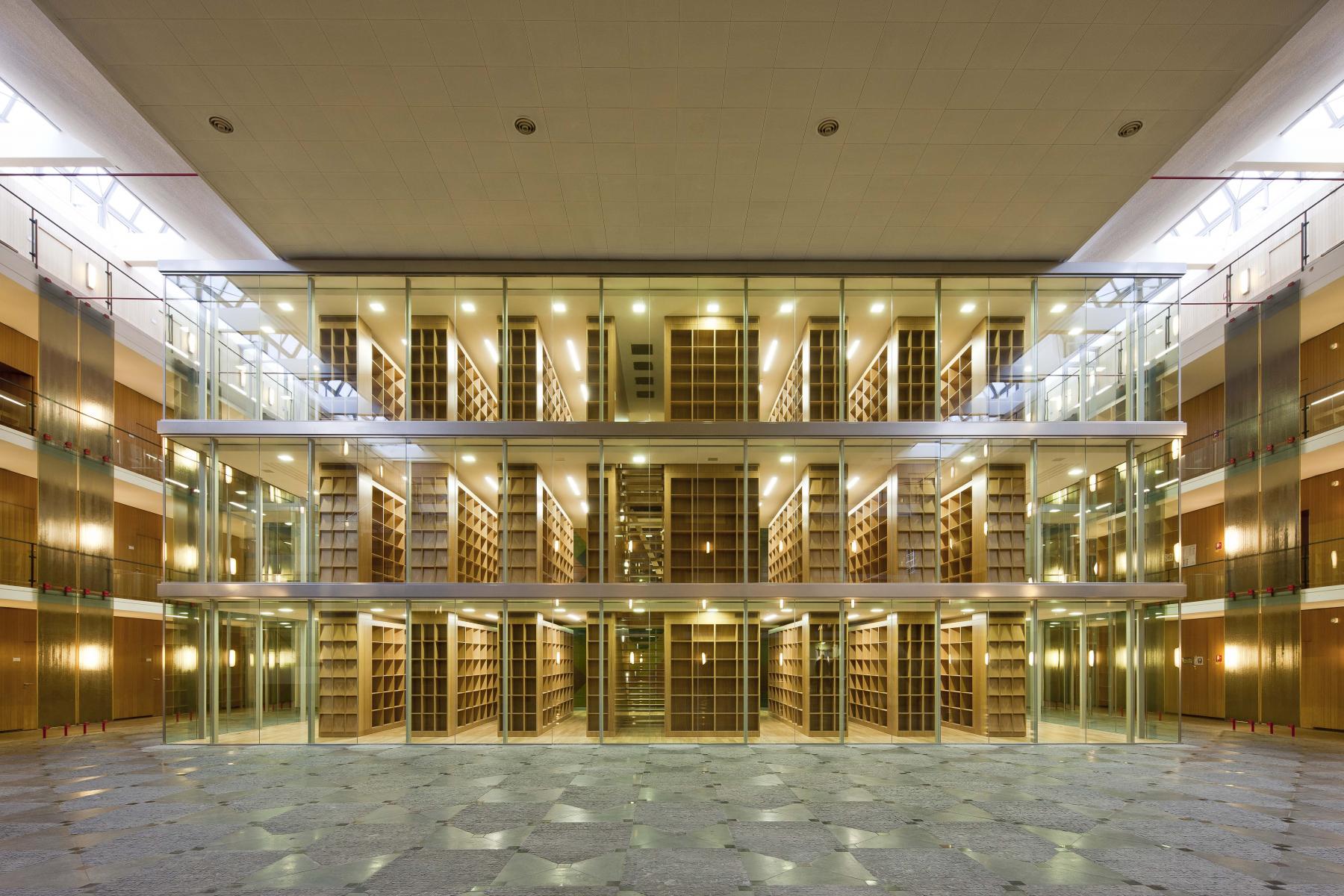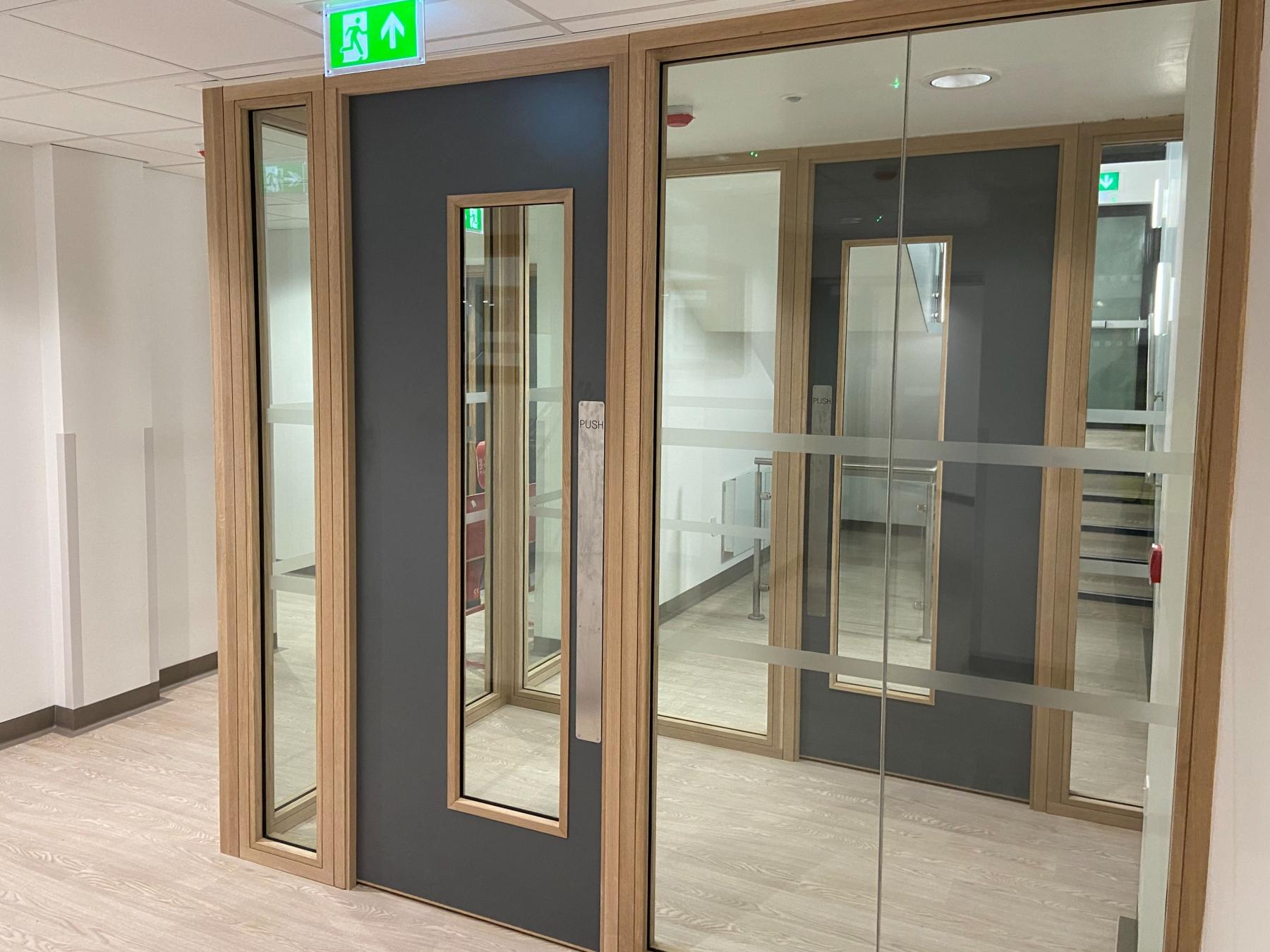

Putting the golden thread at the core of fire resistant glazing and glass door specification
The UK’s newly emerging building safety regime rightly seeks to ensure future generations of buildings are safer than ever. But how do we design buildings to effectively protect lives and assets in the event of a fire, whilst also enabling architectural creativity to thrive and other building performance goals to be achieved?
It is a common question when designing two building elements that must balance multiple design goals – internal glazing and doors. Glass is favoured in so many new building designs and in refurbishment projects, not least because of our increased understanding of the importance of natural light in internal environments, but also the way it can increase visibility between spaces and increase their useability.
Internal glazing features such as glass partitions, screens, doors and floors, however, are often a critical part of the passive fire protection strategy too. That means any specification decisions seeking to achieve aesthetic, acoustic, thermal or functional goals must not compromise the glazing element’s ability to prevent the spread of fire to the level demanded.

Developing a multi-functional glazing specification
In order to achieve a glazing or door specification that ticks all the boxes, it is important to recognise the capabilities of today’s advanced glazing products – and fire resistant glazing systems in particular.
Glass that is designed to resist the effect of a fire in order to remain structurally intact (integrity “E”) and – depending on the product – provide insulation against intense heat (“EI”), can be applied in much the same way as more standard glass. So what additional performance objectives can be met in through the fire rated solutions available from Promat UK?
Acoustic insulation
Fire rated glazing offers a higher acoustic rating than standard glazing due to the way it is manufactured. For example, Promat PYROSEC 16 glass is 17.3mm thick which gives it an acoustic rating of 39 dB Rw, compared with 30 dB Rw for a standard 16.8mm acoustic glass.
This performance can be improved further by adding a PVB layer in a single glazed application, such as a glass partition or by opting for a double glazed unit which features an intumescent fire-resistant gel within the cavity, such as Promat F1 glass.

Thermal insulation
Where the glazing requires a higher level of thermal insulation as well as fire resistance, an ideal specification would be a fire rated double glazed unit, with either an intumescent fire resistant gel cavity, or an argon filled cavity.
To illustrate the performance potential, a sealed unit comprising 6mm Stopray Vision 70 glass, a 15mm argon filled cavity and PYROSEC 25 fire resistant glass would offer a Ug value of 1.0 W/m2K – this would also provide an integrity and insulation rating of 60 minutes (EI60).
Internal climate and solar control
The role that today’s glass products can play in preventing summer overheating and providing a stable internal climate is becoming increasingly important and valued. So it is not uncommon for the fire glass specification to also require solar control functionality. This is easily achievable, primarily by specifying a fire rated double glazed unit featuring a solar control product on the external face.

Enhanced security and safety
In public and commercial applications, additional protective properties will often need to be incorporated into the fire resistant glazing specification, including impact resistance and blast resistance, to protect people as well as high value and sensitive assets in many environments. By combining different products, many performance goals can be achieved in this respect, such as a 120-minute fire rating with a BS EN 356 P6B rating to protect key areas of a building in the event of a fire or security threat.

What impact does the golden thread have on glazing specification?
For a glazing element to provide highest levels of assurance, it is important to have confidence in the test evidence provided with it and have traceability right along the supply chain. The adoption of the golden thread makes it all the more important to have clarity on these factors when making specification decisions, which is why the systems available from Promat already have an advantage.
Solutions including Promat SYSTEMGLAS, a range of fully tested fire resistant glazing systems available with steel or timber frames, as well as framing that can be painted, over-clad or concealed, are provided with the Promat 360-degree ‘wheel of assurance’. This means products are traceable through all stages of supply from raw materials sourcing and manufacturing to installation and post-completion checks. At the end of the project, the client is also provided with a certificate of conformity, which confirms the glazing element has been installed in line with Promat UK’s guidance.

This is very much in line with the golden thread – an approach Promat has actually taken for decades – and is only possible because Promat UK has control and oversight of the whole supply process, reducing the margin for error significantly. Choosing SYSTEMGLAS and other systems from Promat, means the frame, the glass and all ancillaries are supplied as a complete system, rather than having to specify individual products that may offer no evidence of appropriate performance when used together.
By starting with a system like Promat SYSTEMGLAS that can be relied on to meet the required fire performance, it is easier to work back to meet the other design goals without compromise.
Find out more about the Promat range of fire resistant glazing and door systems:
https://www.promat.com/en-gb/industry/technologies/fire-rated-glass/

